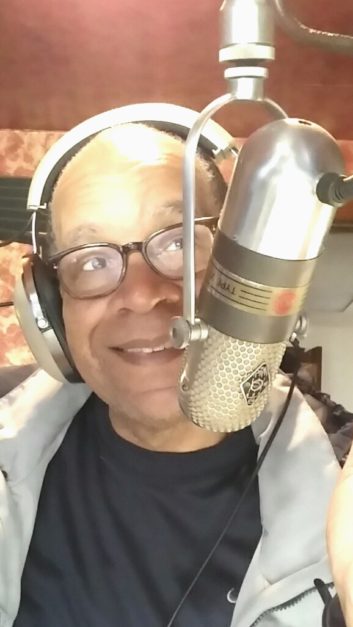 Larry Langford is the owner of WGTO AM in Cassopolis, Michigan, and W246DV South Bend, Indiana. He can be reached at [email protected].
Larry Langford is the owner of WGTO AM in Cassopolis, Michigan, and W246DV South Bend, Indiana. He can be reached at [email protected].
Shall we sweeten the pot to entice single- mode AM digital?
I was and still am very opposed to Hybrid AM digital (IBOC).
It kills other stations. It sounds bad and the coverage is lousy. But just like late night TV commercials say, “Wait there’s more!”
Of course, the more is — single-mode digital.
[Read: A Cumulus AM Near NYC Will Go All-Digital]
Now that is a horse of a different color. How does it sound? Great!
How is the coverage? Better than analog and, yes, it is stereo.
But as we also know the biggest drawback is the rather pesky problem of rendering analog radios obsolete.
That reminds me of the story of radio pioneer RCA engineer Edwin Armstrong and FM. Armstrong was a giant in the industry who gave us the super regenerative circuit and his work on the superheterodyne receiver (apologies to Lucien Levy!) When tasked with finding a way to get rid of static in radio reception while at RCA, he created the noise-free transmission method of frequency modulation (FM). RCA boss David Sarnoff was happy until he found out it would obsolete every radio already sold. So, his answer to Armstrong was, NO!
Well, there is no David Sarnoff in the game now and AM digital seems to be the way to go if the AM band is to remain an active player in the media game. But we still must face the problem of rendering millions of radios as nothing more than doorstops or white noise generators.
I have read the data that shows that newer cars are being equipped with radios that will play AM digital and given a few years, market penetration in cars should be reasonable. But for the mom-and-pop stations that still rely on analog to cover the market it is just not worth it yet to sound good for a few and be gone for most.
The best scenario for AM operators, especially small- to medium-sized stations is to have a good FM translator. If coverage
mimics the analog AM coverage, it’s a no brainer — turn off the analog and switch to digital!
But that is not good for everyone. While some of the AM stations in major markets own or have partnered with a full power FM to carry the AM programming, smaller AM stations may have only one translator and need another to even approach the coverage of the analog AM. And there are a number of AM stations that missed out on the window to move a translator into their market and have none. Going all-digital takes some investment and the FCC should do what it can to encourage putting analog AM to sleep, while making the change viable for those who have struggled so long.
Well, here comes the sales pitch. I would ask the FCC to make an offer AM operators cannot refuse.
If a licensee agrees to go full-time single-mode digital for a minimum of five years with no switch back to analog, the commission will allow a limited window to acquire and move an existing licensed translator from a 250-mile radius into the coverage of the AM station going digital as long as the 60 dB contour is within the 5 mV contour covering the city of license. And the 60 dB contour does not overlap an existing translator that currently has the AM station as the primary. The parameters are of course negotiable, but the point is to allow AM stations willing to make the digital leap a safety net to remain viable as the digital radios increase in the market.
In this way your smaller AM stations could get another chance to cover the old analog area with FM while the automobile market catches up to the new all-digital method. I would also offer a sunset provision that would force the AM stations to surrender the translator after, say, seven years, depending on market penetration of AM digital. LPFM groups would have first dibs on getting the surrendered translator frequencies.
[Read More Commentaries by Larry Langford]
Look, we are going to have to be creative to keep AM owners alive while the newer digital ready radios gain market share. It is not going to happen overnight and AM stations making the leap need assurances the hometown still gets something analog radios can hear. Allowing a move window for 250-mile import of translators will help solve the problem while getting some spectrum grabbing network “satellators” moved and repurposed to support AM digital and in many cases open up LPFM opportunities where “satellators” were originally parked.
It is a win-win as I see it. Small AM stations get another shot at a translator to cover the analog listeners, we can get rid of some “satellators” that are keeping LPFMs from serving local areas and AM stations start making the big migration to single-mode digital, saying goodbye to static, poor frequency response, lack of stereo and most importantly, the listening public finds a real reason to listen to the AM band again. This to me would be the best example of AM revitalization where it is the actual AM band that gets the makeover!











